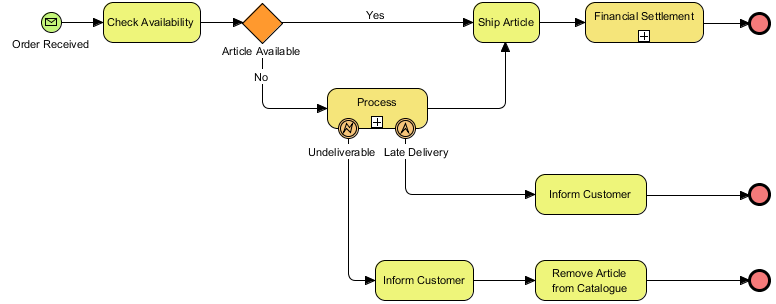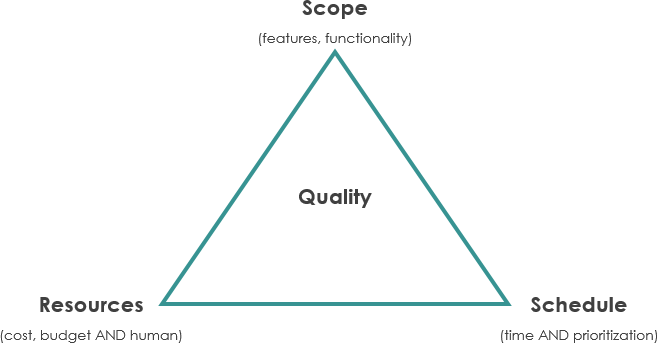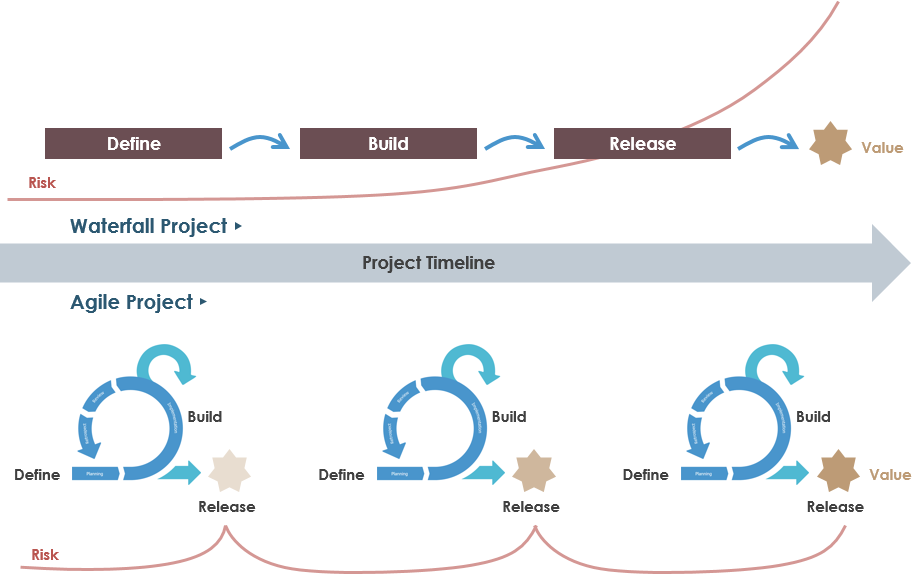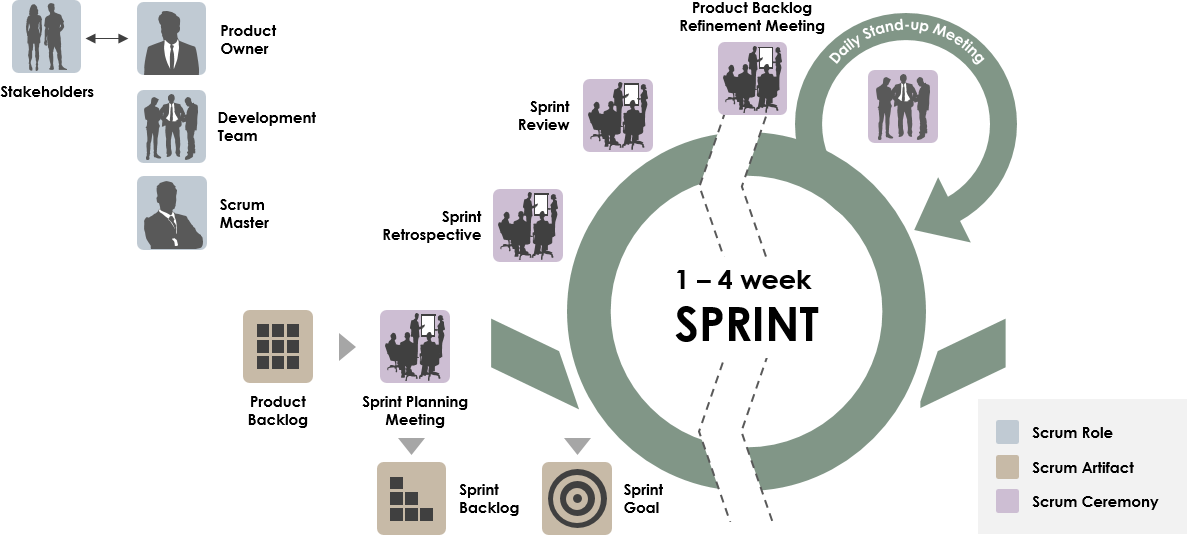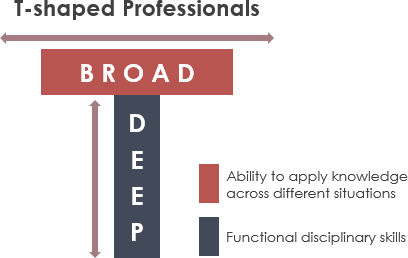A fishbone diagram (also known as a cause and effect diagram or Ishikawa diagram) visually shows multiple causes of a problem. It helps identify stakeholder ideas about the cause of an issue and allows users to immediately categorize ideas into themes for analysis or further data collection. It can be used in conjunction with the “Five Whys” technique.
Continue reading


